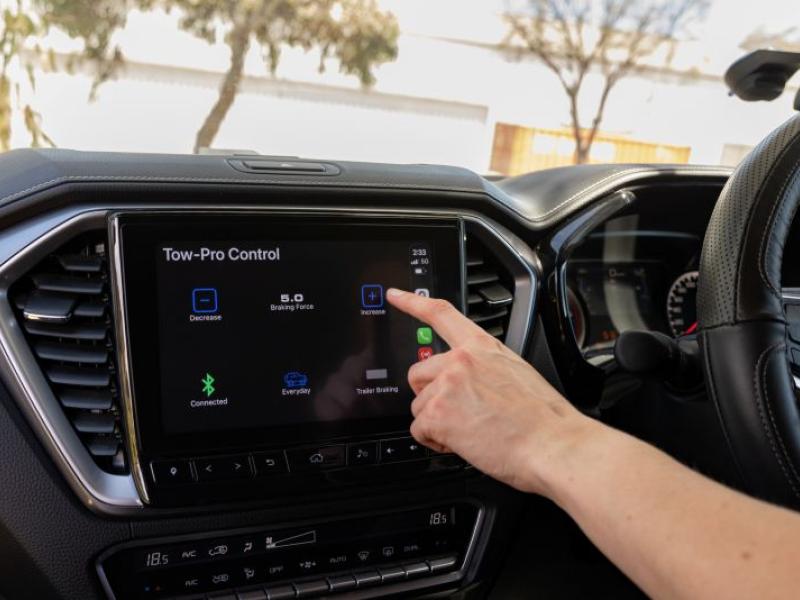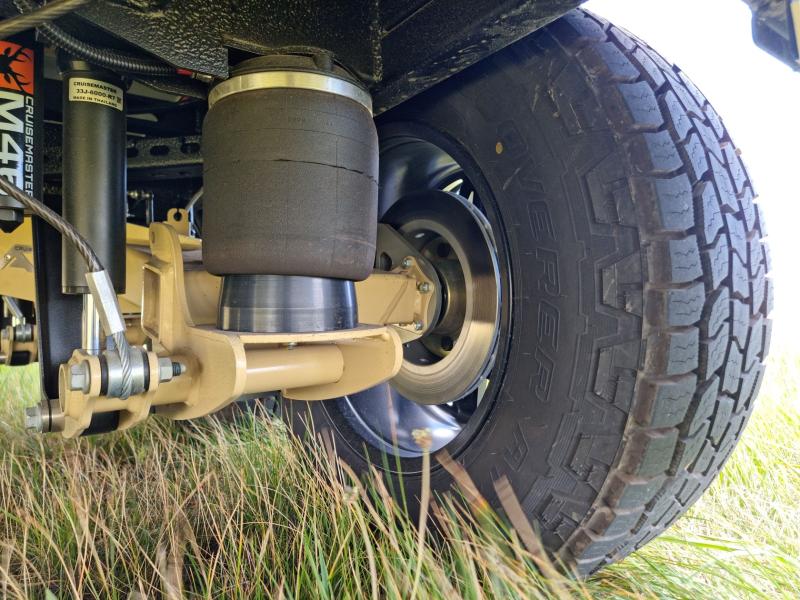Keeping your 4WD in tip-top shape is best seen as a partnership between yourself and a trusted 4WD workshop, says
Richard Soult of 4x4Explorer.co.nz
Having moved to the UK in the early 1980s and being a schoolboy with a hand-me-down Datsun 100A on a very limited budget, I needed to carry out the majority of maintenance on my car myself.
I can remember many hours in my father’s workshop changing spark plugs, brake pads, cooling pumps, alternators and even a radiator. Hard to believe now...
All that was a very long time ago and I must admit that as my financial wealth grew and vehicles became more complicated, both my desire and ability to repair my vehicles declined.
Costly exercise
I recently decided to set up an Excel spreadsheet, with the principle aim of recording when work had been carried out on the 4x4Explorer Prado to make sure that I was adhering to the recommended service intervals for the various items.
As I entered details from my various receipts, I was astounded at how much the truck was costing me at the garage. Now, quite a lot of the work that I have had carried out is what I call the “fun stuff”. New work lights, dual battery system, light bars, etc... What shocked me was the amount of money spent simply on the “not fun”, but necessary and unseen stuff.
Manual labour
I have quite a few friends who are very capable amateur mechanics, who explained to me that there is actually a lot that you can do yourself to save a great deal of money.
Inspired by this, I recently bought a copy of the Haynes manual for the 4x4Explorer 1997 Toyota Prado and started reading. It took me back to my late teens and my Datsun 100A. Roll on Ultravox, Duran Duran and the 80s.
I’m not sure if Haynes manuals are available for later vehicles, but the Internet is full of videos and chat rooms, where you can find pretty much everything that you need.
The reality is that with a limited amount of prior knowledge, a reasonable set of tools and some patience, there is a lot that you can do to keep your 4WD maintained yourself.
The essentials
Anyone willing to put their mind to it should be able to do the essentials, which include the following;
Fluids – engine oil, brake fluid, power steering fluid, coolant, washer fluid.
Filters – air, oil, fuel.
Brakes – check and change brake pads.
Tyres – rotate tyres to ensure even wear.
If you manage to get hold of a Haynes manual for your vehicle, it will contain a complete chapter on Routine Maintenance, the majority of which you should be able to do yourself.
It will probably also point out a few things that you didn’t realise needed doing. Keeping a log of what you have had carried out together with date and mileage is also a good tip to make sure that you keep on top of this.
It’s also a really good idea to keep your vehicle clean and free from mud. If you’ve been out on a beach, make sure that you thoroughly clean the underside of the vehicle. Trucks don’t like salt, and rust never sleeps!
An expert when you need one
There will certainly be things that you can’t do yourself, so having a good mechanic, preferably specialised in 4WD vehicles, is important.
Always ask them to have a general look around and let you know if there is anything that needs attention as some will only deal with what you have asked them to do unless, specifically asked.
The other important point to note is that preventative maintenance is crucial. As the saying goes, “A stitch in time saves nine.”
We hope that this has been useful. Keep your truck well maintained and stay safe on the tracks!






